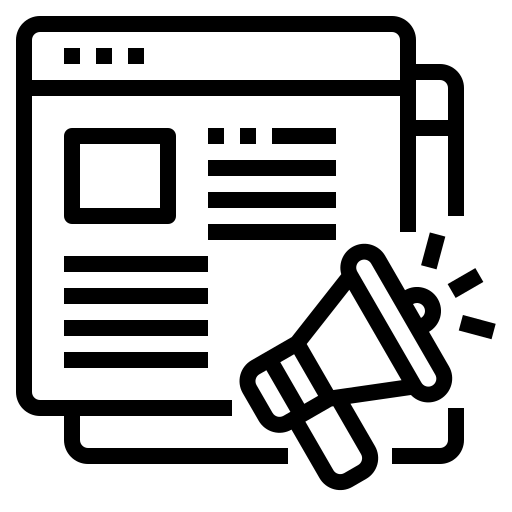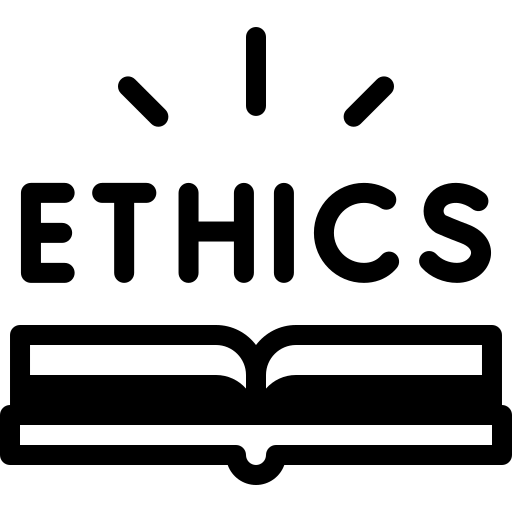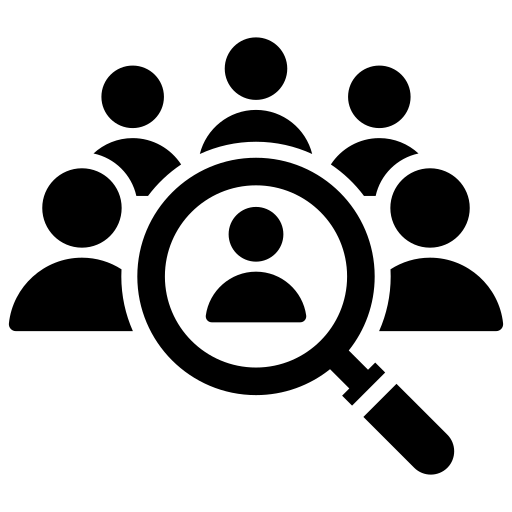Article contents
Critical Assessment of Training and Development Practices in China's Pharmaceutical Fund and Supply Agency: Challenges and Strategic Recommendations
Abstract
The primary objective of this paper was to evaluate the training and development practices at a pharmaceutical fund and supply agency. To achieve this, a sample of 208 non-managerial staff members and 10 managerial staff members was selected using a simple random sampling technique. Data collection methods included self-administered questionnaires, interviews, and data analysis. The questionnaire data was analyzed using descriptive statistics, specifically frequency and percentage. Additionally, the interview and document review data were analyzed to identify patterns and themes from the participants' responses. The findings of the study revealed several weaknesses in the agency's training and development practices, including inadequate selection criteria, ineffective training methods, insufficient training duration, insufficient training content, and a lack of a comprehensive training policy. Notably, the agency did not prioritize pre-training evaluations, which could have helped assess the cost-benefit of the human resource training and development program. On the positive side, the agency's management development programs have shown significant relevance in enhancing the current job performance of its staff. However, the document review revealed the 'absence of a training development section or unit with qualified staff and adequate financial resources to facilitate training and development functions. To address these weaknesses, the agency should leverage its strengths and implement clear and scientific principles for human resource training and development. Frequency distribution was used to present the individual results of the study. Relevant literature was also reviewed to support the findings.
Article information
Journal
Journal of Business and Management Studies
Volume (Issue)
7 (3)
Pages
16-21
Published
Copyright
Open access

This work is licensed under a Creative Commons Attribution-NonCommercial 4.0 International License.


 Aims & scope
Aims & scope Call for Papers
Call for Papers Article Processing Charges
Article Processing Charges Publication Ethics
Publication Ethics Google Scholar Citations
Google Scholar Citations Recruitment
Recruitment